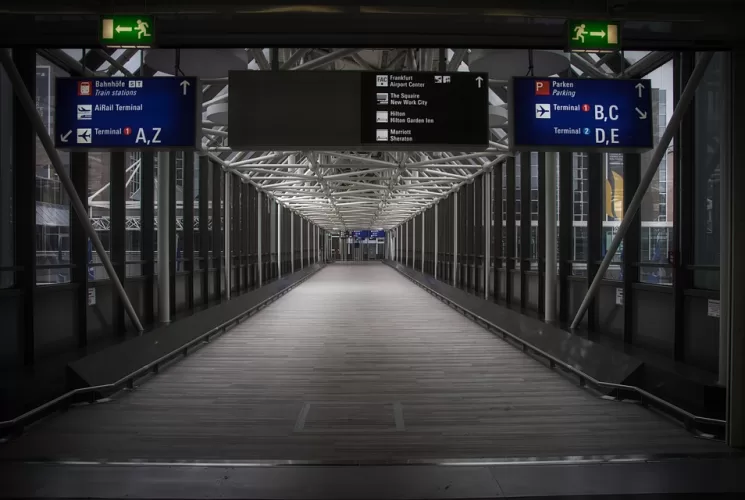
Exploring the Intersection of Architecture and Artificial Intelligence: Designing a Smarter Future
In recent years, the world of architecture has witnessed a remarkable convergence with artificial intelligence (AI). This intersection has sparked an exciting new era of possibilities, transforming the way architects design and construct buildings. With AI’s ability to process vast amounts of data and generate innovative solutions, the collaboration between architects and intelligent machines has the potential to revolutionize the field, creating smarter and more sustainable structures for the future.
The marriage of architecture and AI brings forth numerous advantages. One of the key benefits is the ability to optimize the design process. Traditionally, architects would rely on their expertise and experience to create blueprints, often limited by their own creativity and knowledge. However, with AI, architects can leverage machine learning algorithms to analyze vast architectural data sets, including historical designs, building performance data, and environmental factors. This data-driven approach enables architects to make more informed decisions, leading to designs that are not only aesthetically pleasing but also highly functional and efficient.
AI also plays a crucial role in enhancing sustainability in architecture. With the urgent need to address climate change, architects are increasingly incorporating sustainable design principles into their projects. AI can assist in this endeavor by offering advanced energy simulations and predictive modeling. By analyzing factors such as solar exposure, wind patterns, and thermal performance, AI algorithms can optimize building designs to minimize energy consumption and maximize natural resource utilization. This results in environmentally friendly structures that reduce carbon footprints and promote a greener future.
Moreover, AI has the potential to revolutionize the construction process itself. By utilizing robotic systems and AI-powered machinery, architects can automate various construction tasks, making the process faster, safer, and more precise. Robots equipped with AI algorithms can assist in tasks such as bricklaying, welding, and even 3D printing, significantly reducing labor costs and construction timelines. This integration of AI in construction not only enhances efficiency but also ensures higher quality and precision in the final product.
The collaboration between architects and AI also extends to the realm of urban planning. AI algorithms can analyze vast amounts of data including population trends, traffic patterns, and socioeconomic factors to optimize urban development. By simulating scenarios and predicting future outcomes, AI can aid architects and city planners in making well-informed decisions about infrastructure development, transportation systems, and public spaces. This holistic approach to urban planning ensures that cities are designed to meet the needs of their inhabitants while promoting sustainability and livability.
Despite these advancements, it is important to note that AI is not meant to replace architects. Rather, it acts as a powerful tool, augmenting their skills and pushing the boundaries of creativity and innovation. Architects will continue to bring their unique perspective, design sensibilities, and human touch to the table. AI simply provides them with the means to explore new possibilities, generate alternative designs, and make more informed decisions.
In conclusion, the intersection of architecture and artificial intelligence holds immense potential for the future of design and construction. By leveraging AI’s data processing capabilities, architects can create smarter, more sustainable structures that meet the evolving needs of society. From optimizing the design process to enhancing sustainability and revolutionizing construction methods, AI is reshaping the architectural landscape. As this collaboration continues to evolve, architects and AI will work hand in hand to shape a smarter and more beautiful world for generations to come.
© Copyrights by Soulfulls. All Rights Reserved. Developed by Soulfulls